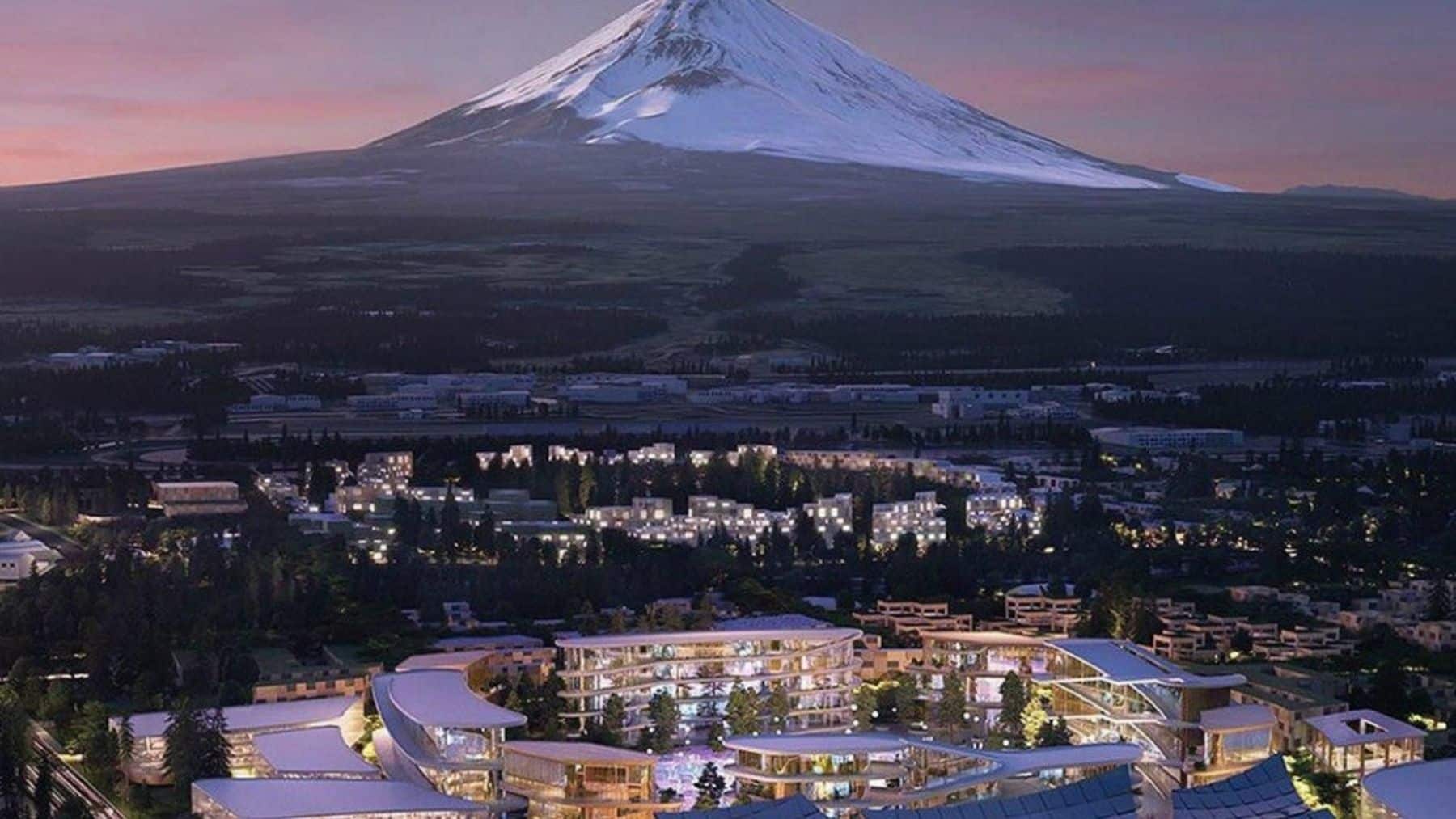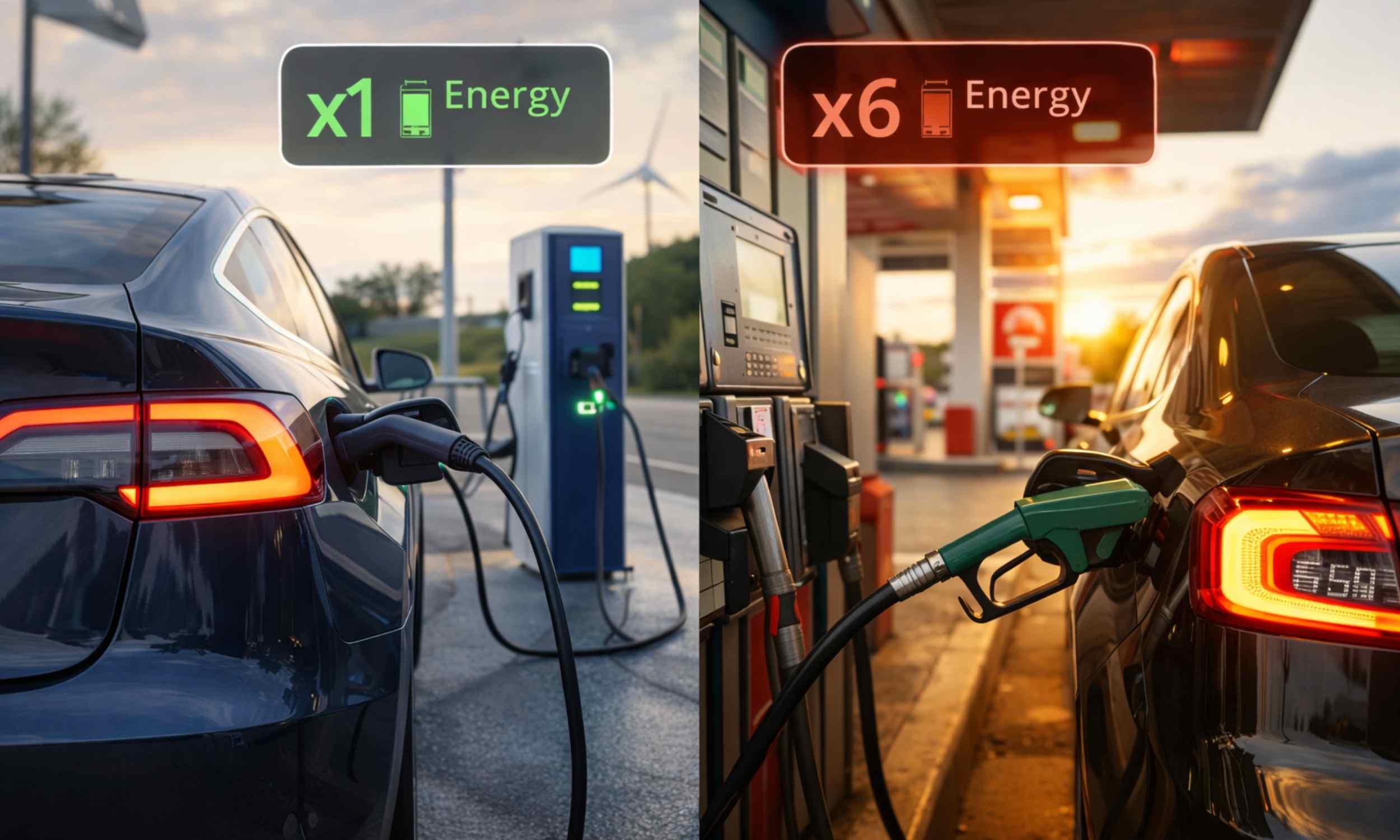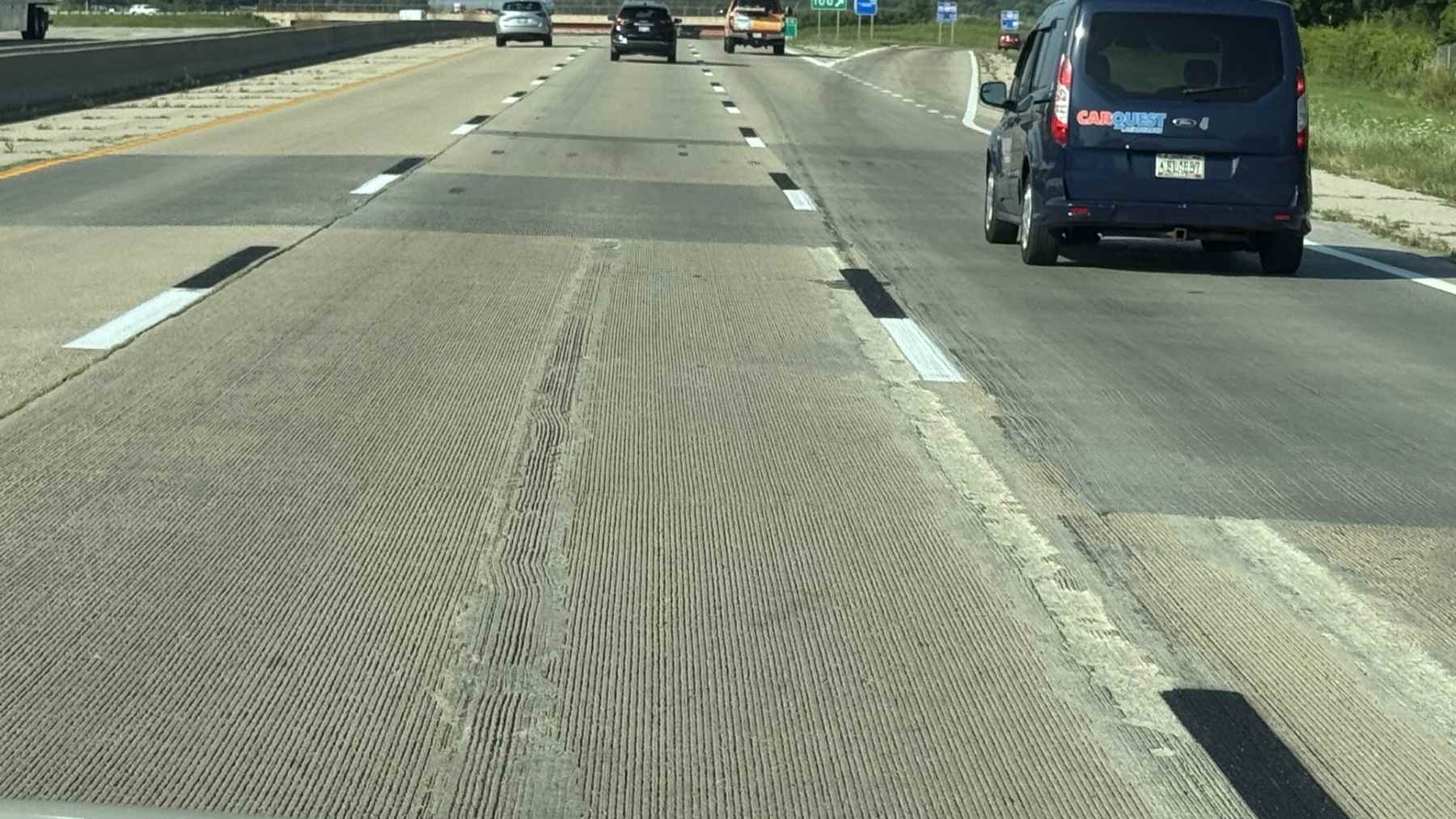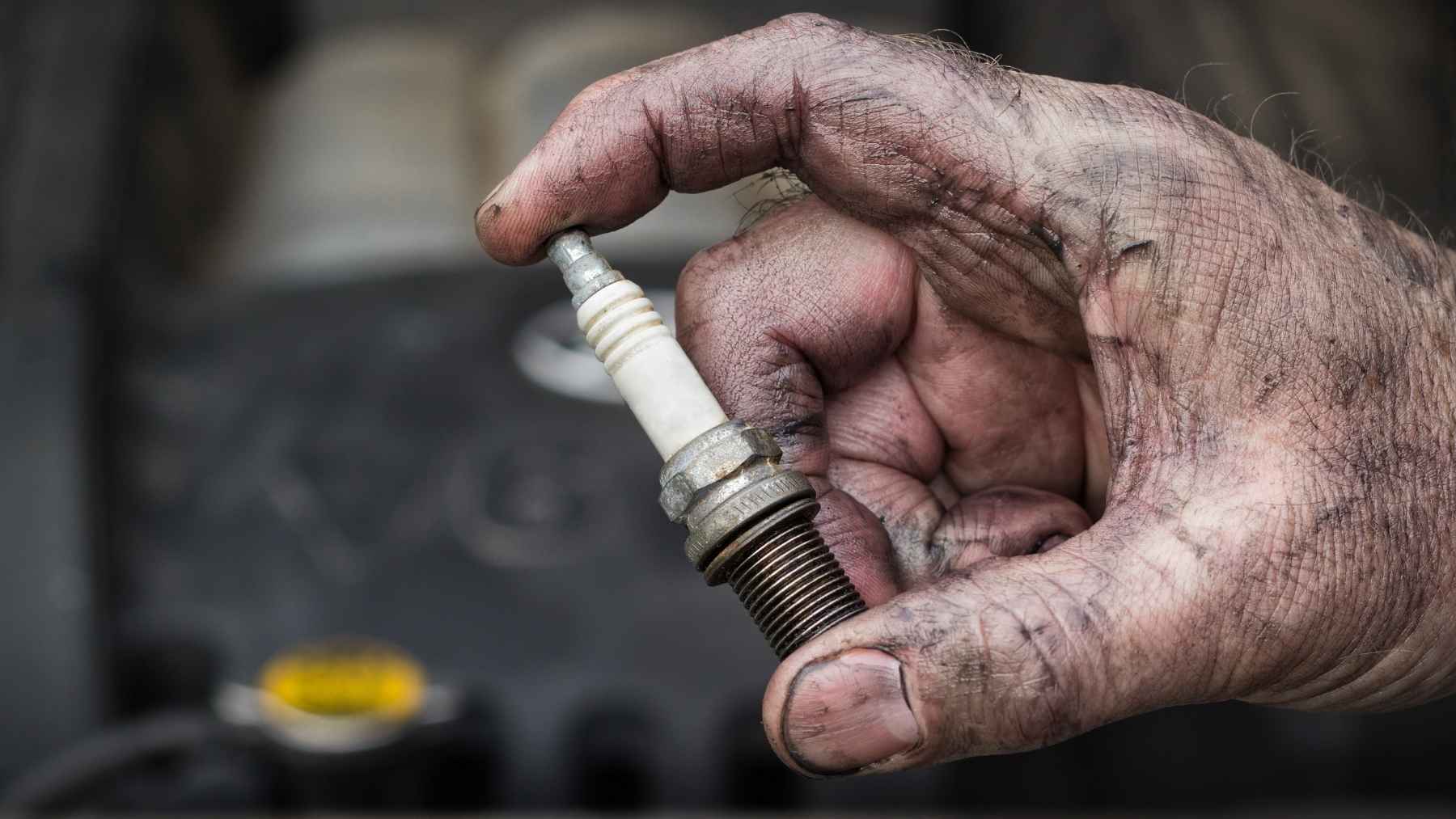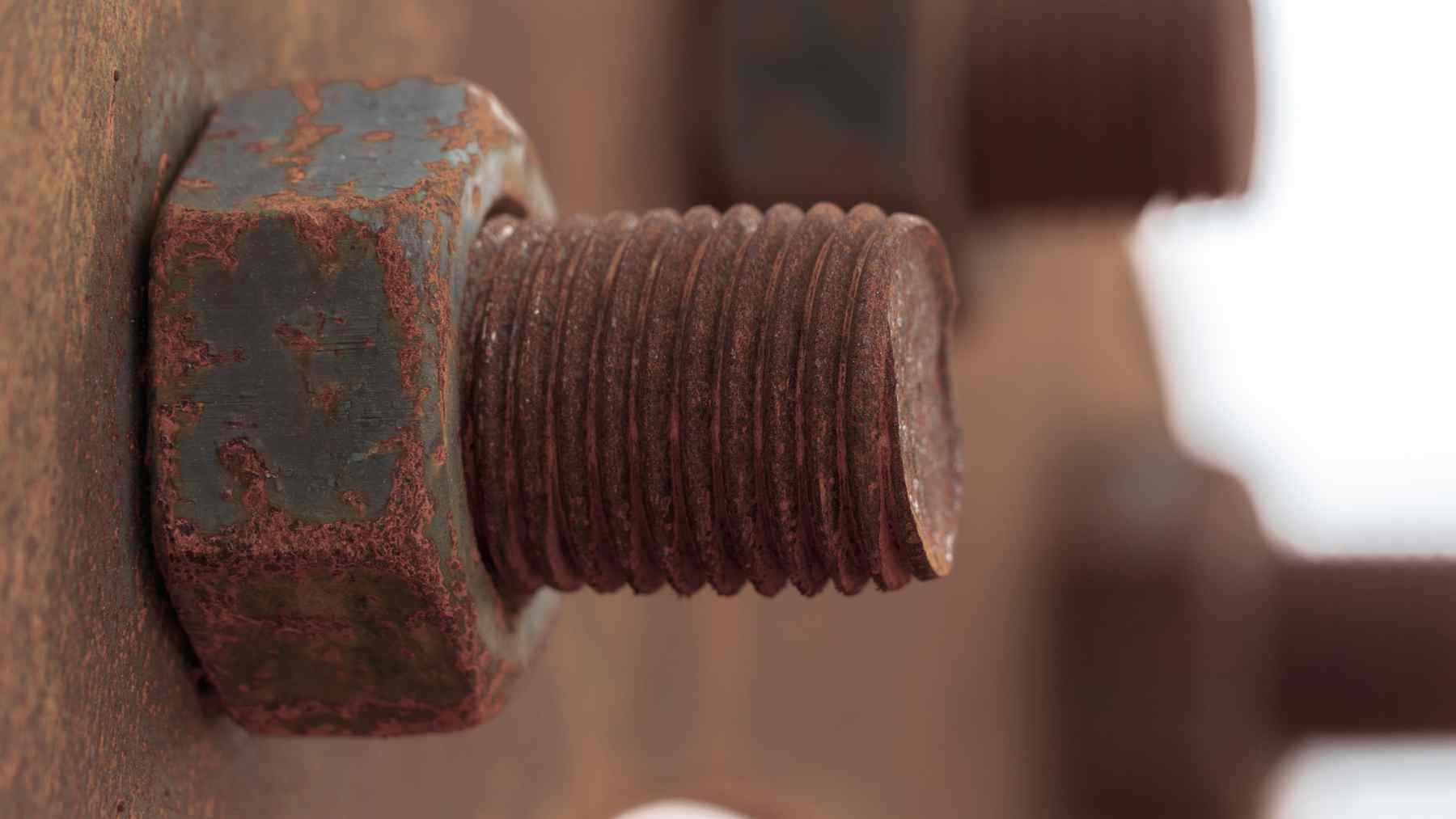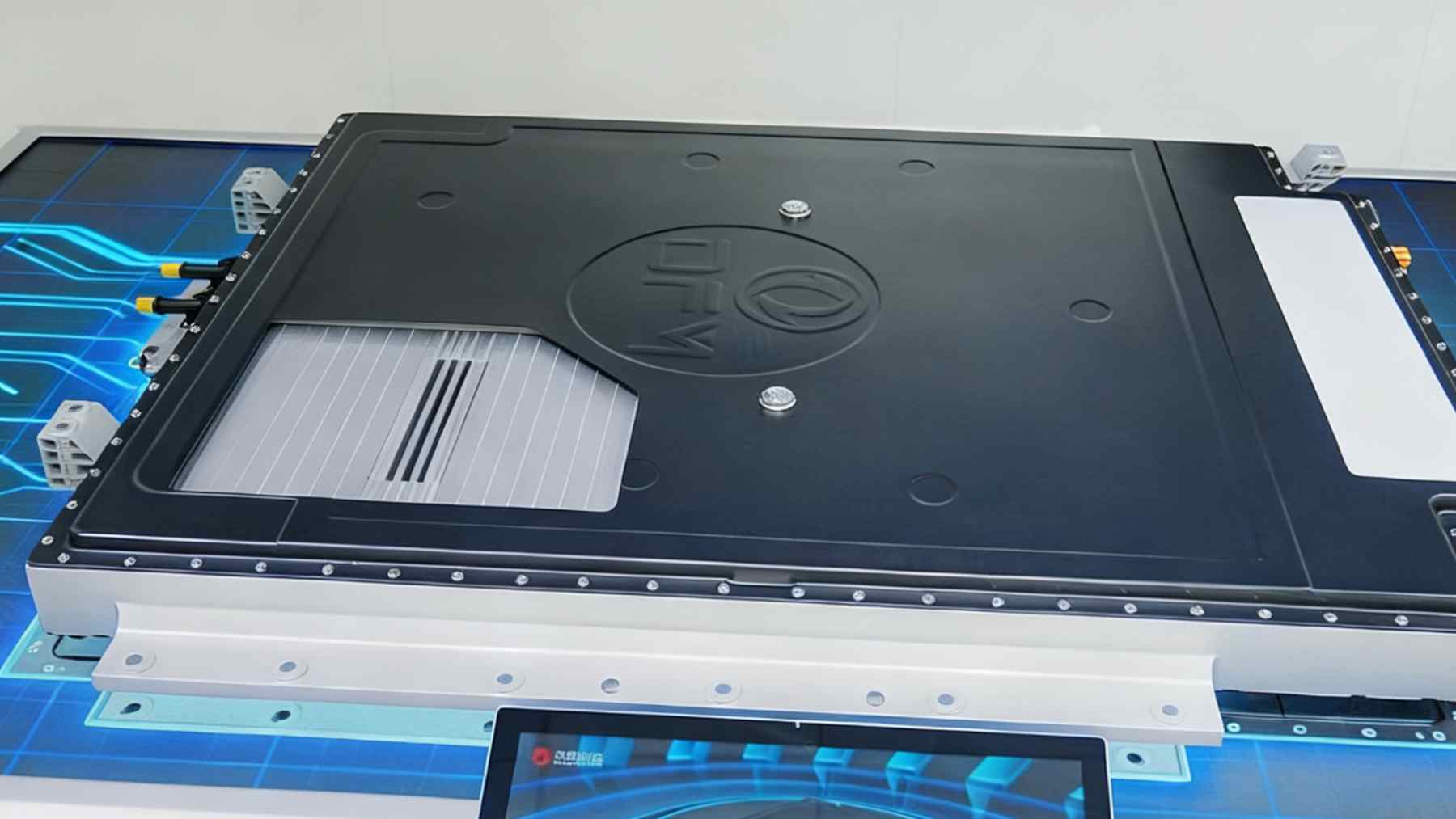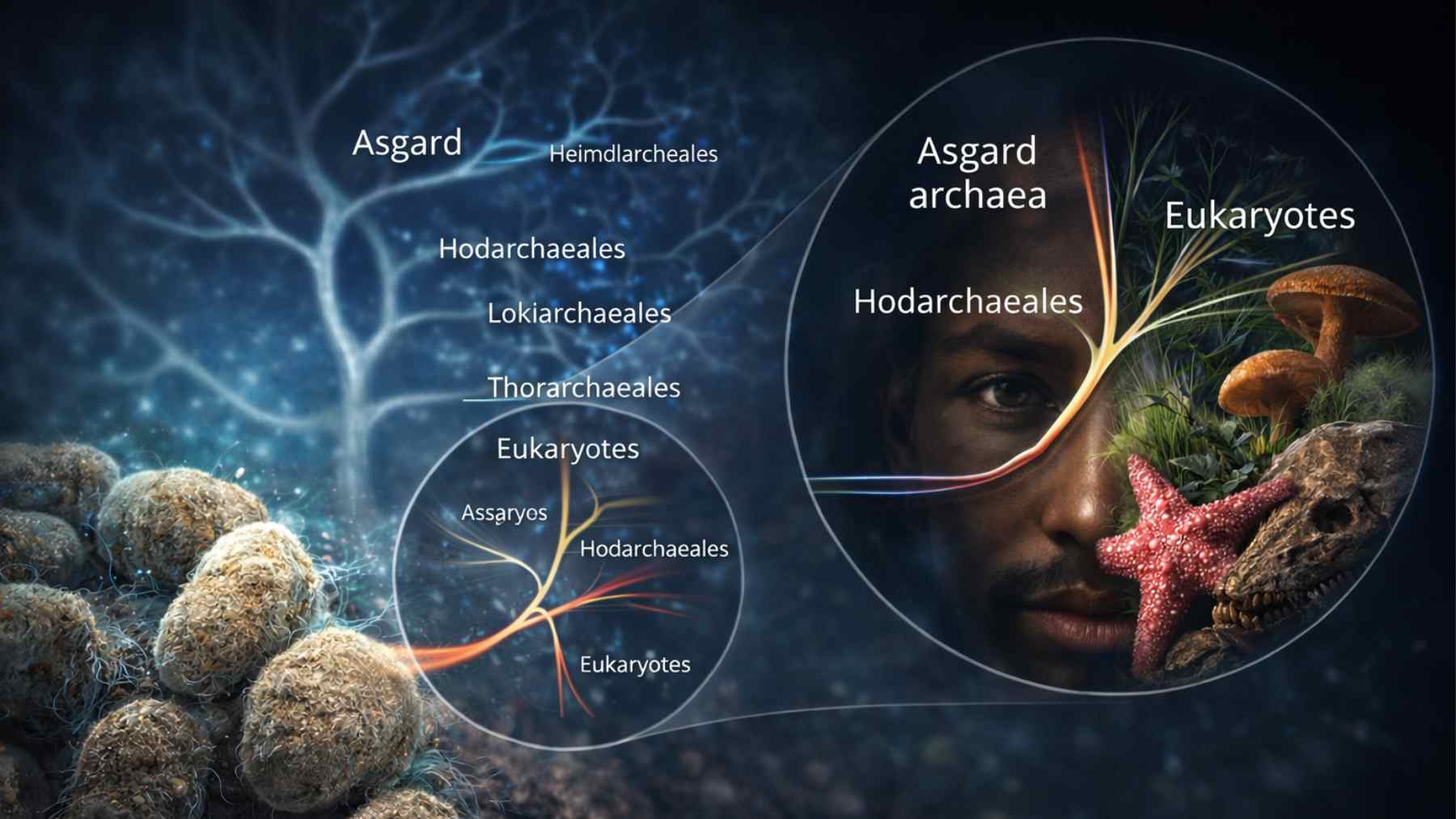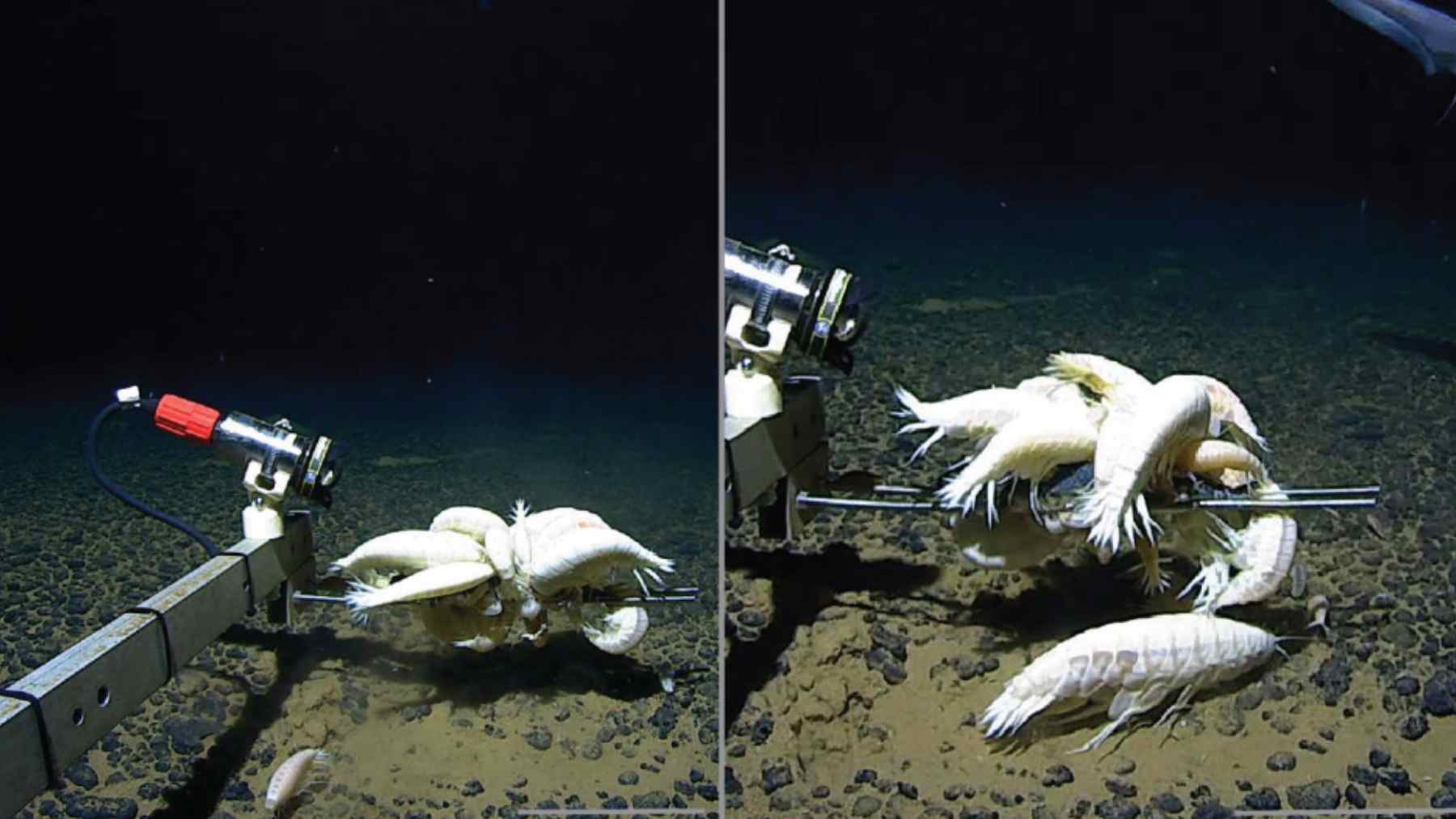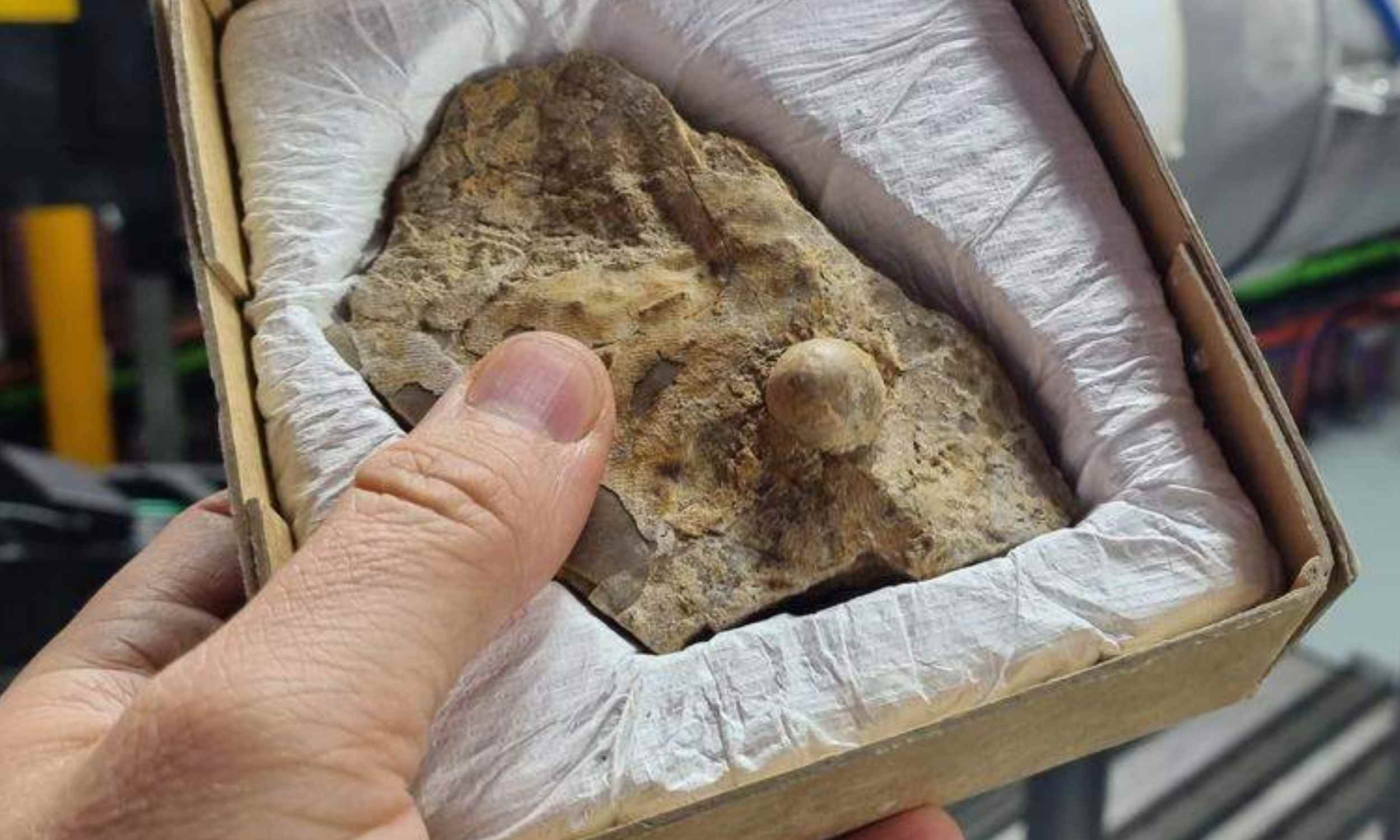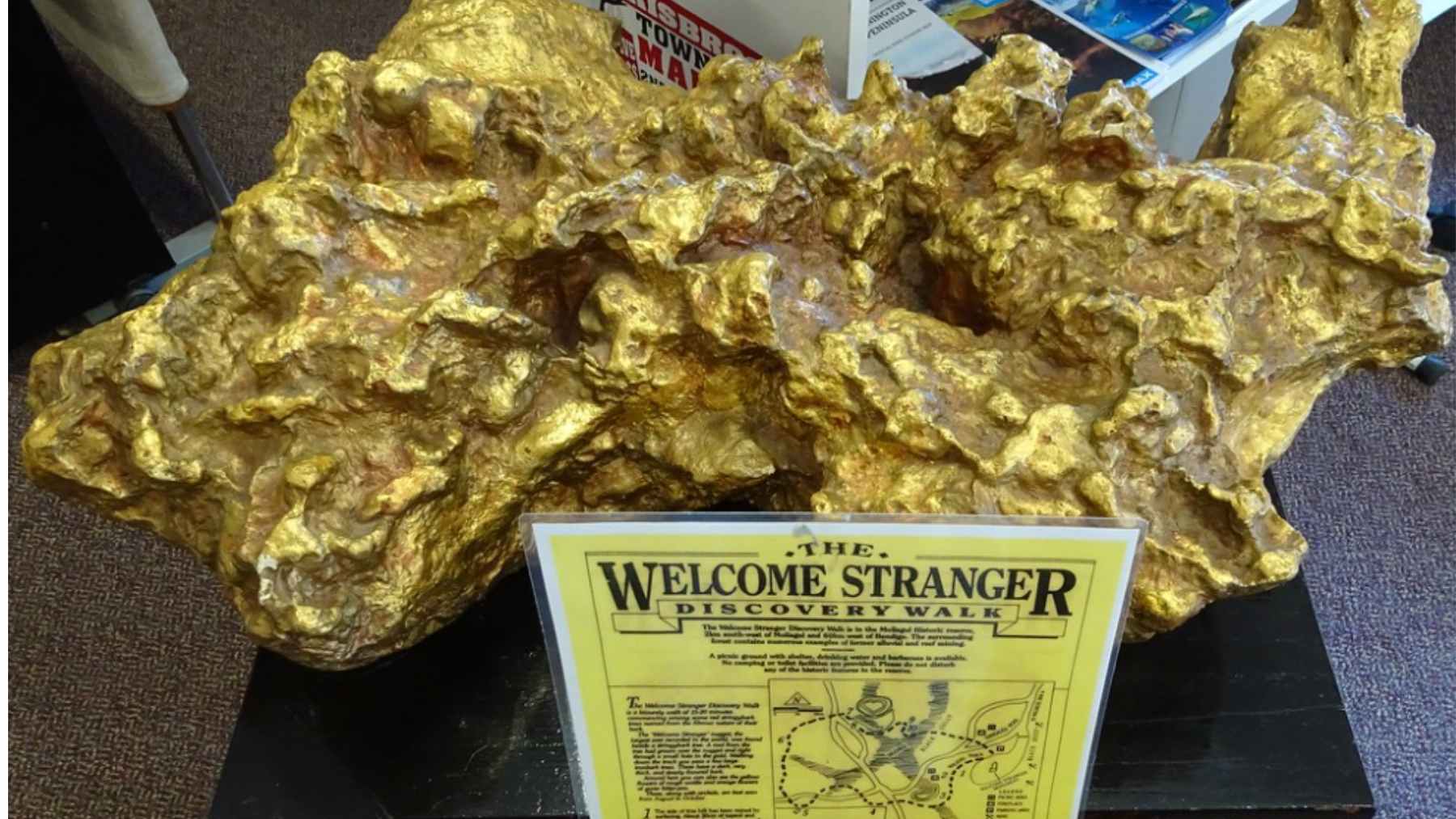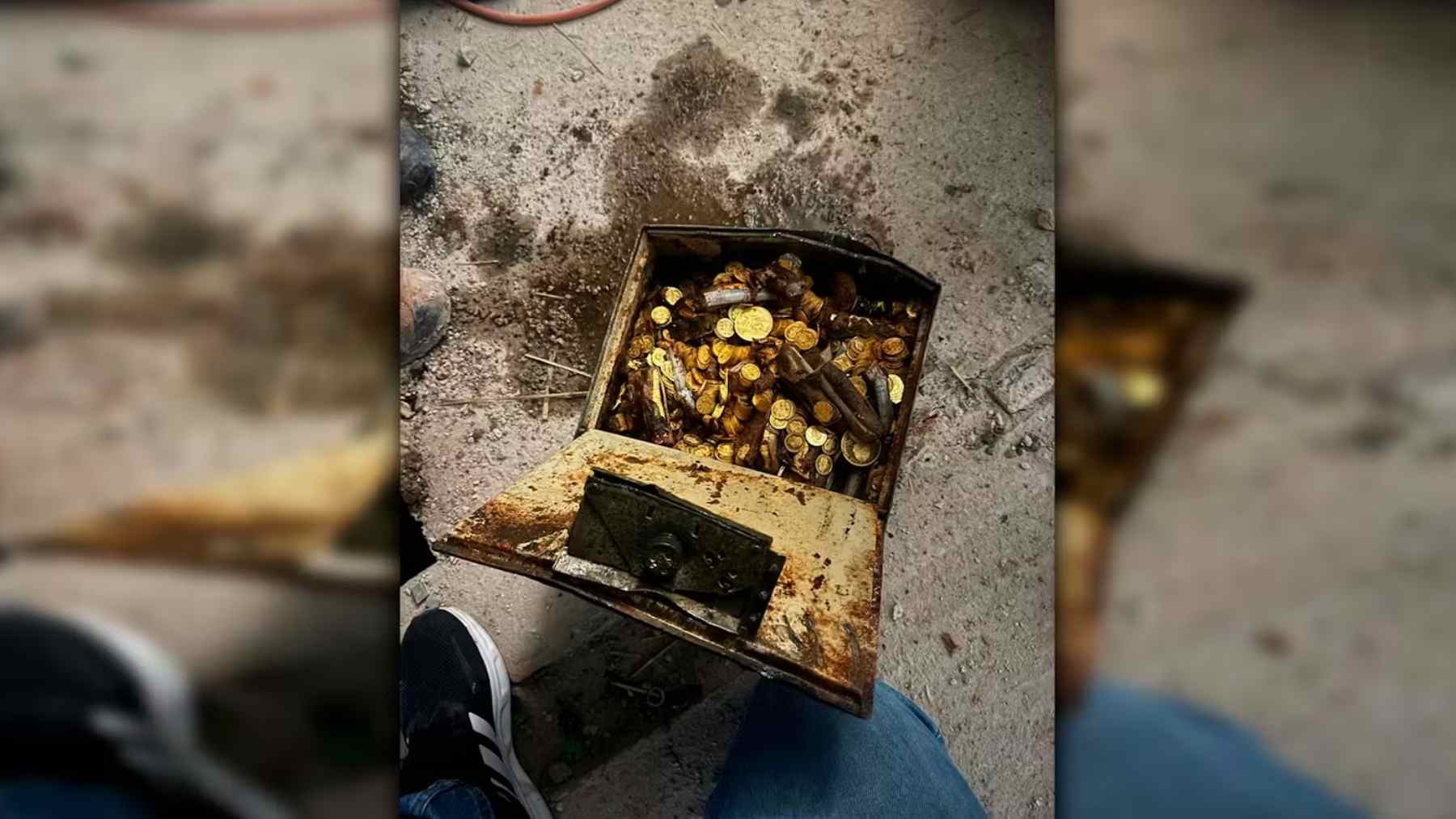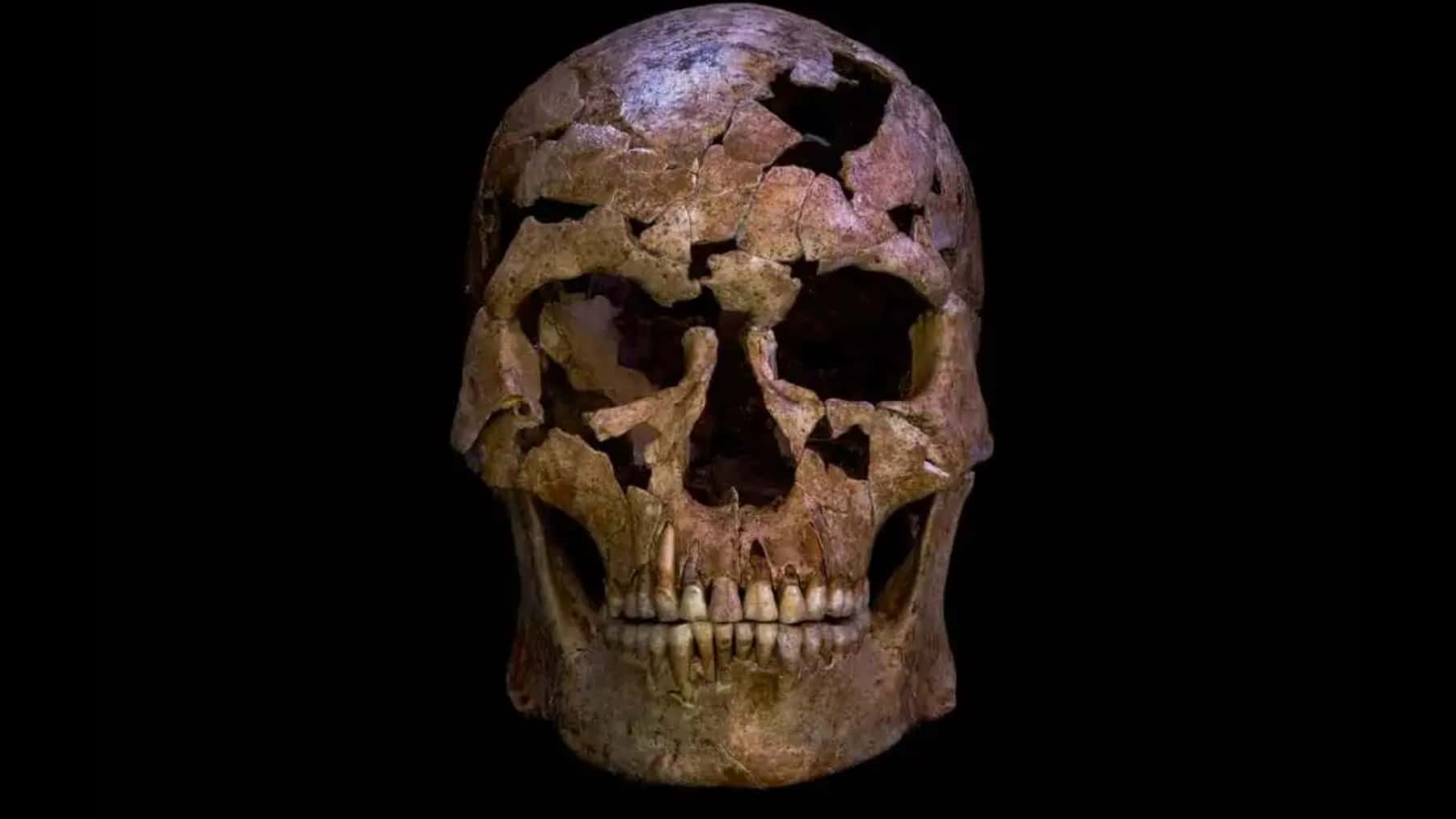Toyota followed the hydrogen-fueled agenda, but that hydrogen vision may fade into ruin for this automaker. Toyota has altered its vision slightly and is now looking towards something radically different from hydrogen. Toyota is building a living lab city geared not only to dream but to test dreams. This Woven City project has its base in Mount Fuji and proves that Toyota is not expanding the agenda to pursue alternate fuel sources, but to create a living lab so as to put the future of mobility to the test. Toyota’s bold statement at CES 2020 has resulted in an innovation that goes beyond what was initially imagined for Toyota.
Moving away from hydrogen highways
Back in 2010, Toyota was high up on the hydrogen-powered agenda with the release of the Mirai that somewhat created a norm in hydrogen transportation. However, Toyota slowly came to realize the struggles associated with the high costs and the lack of infrastructure when it came to pursuing the hydrogen initiative. While Toyota had its fair share of the pie in the hydrogen initiative, competitors including Tesla and BYD moved ahead.
For Toyota, the promise offered by hydrogen was not scaling quickly enough. Toyota decided that the hydrogen highways road is not the right road for them and Toyota chose to come up with an entirely new idea, that of Woven City.
Toyota revealed such plans at CES 2020, and this dream of Woven City has been under construction since 2021. Toyota’s interest has moved away slightly from focusing on building hydrogen cars, and Toyota is now looking at avenues to test those cars.
What Woven City means for Toyota?
Toyota’s 175-acre Woven City has been developed on a former factory. Woven City is the place where engineers and researchers can come together to collaborate and look at future technologies. The name of Woven City has symbolism as well and Woven symbolizes the city’s design.
During CES 2025, the automaker mentioned the completion of the first phase having 100 residents. The first pioneers will live and work within the space. The automaker is looking at inventors and weavers. Inventors include Daikin, DyDo, Nissin, and UCC all involved in testing AI-powered machines and air purification systems. Weavers, on the other hand, are looking towards creating a next generation lifestyle.
The aim of Woven City is to discover, and Toyota will explore whether hydrogen can be further developed without giving preference to one fuel form or one technology. While Toyota was first on the hydrogen mission, NASA is looking at hydrogen and something more now.
Toyota, not just a car designer
Toyota’s shift and eagerness to embrace the Woven City idea symbolizes a transformation of Toyota’s identity. Instead of chasing a utopian energy source, the automaker is looking to combine research with newer technologies. Toyota is looking to collaborate with other partners across various disciplines.
The automaker is looking to invest in Interstellar Technologies, a Japanese spaceflight startup, showing that Toyota is no longer just thinking of vehicles. Woven City may be Toyota’s greatest feat yet, but Woven City also offers the automaker a chance to retreat slightly away from the hydrogen dream.
Toyota is choosing to experiment with future possibilities and not just with fuels from the future. Woven City offers an alternate pathway for Toyota one which realism and experimentation reigns supreme. Toyota realizes hydrogen’s role in the future of mobility; however, Toyota has moved its focus to a future that cannot be manufactured in labs only. Toyota is weaving its future, one experiment at a time, and since Toyota’s secret project is unveiled, it is clear that this $42 billion investment can change the world as of November.
Disclaimer: Our coverage of events affecting companies is purely informative and descriptive. Under no circumstances does it seek to promote an opinion or create a trend, nor can it be taken as investment advice or a recommendation of any kind.
